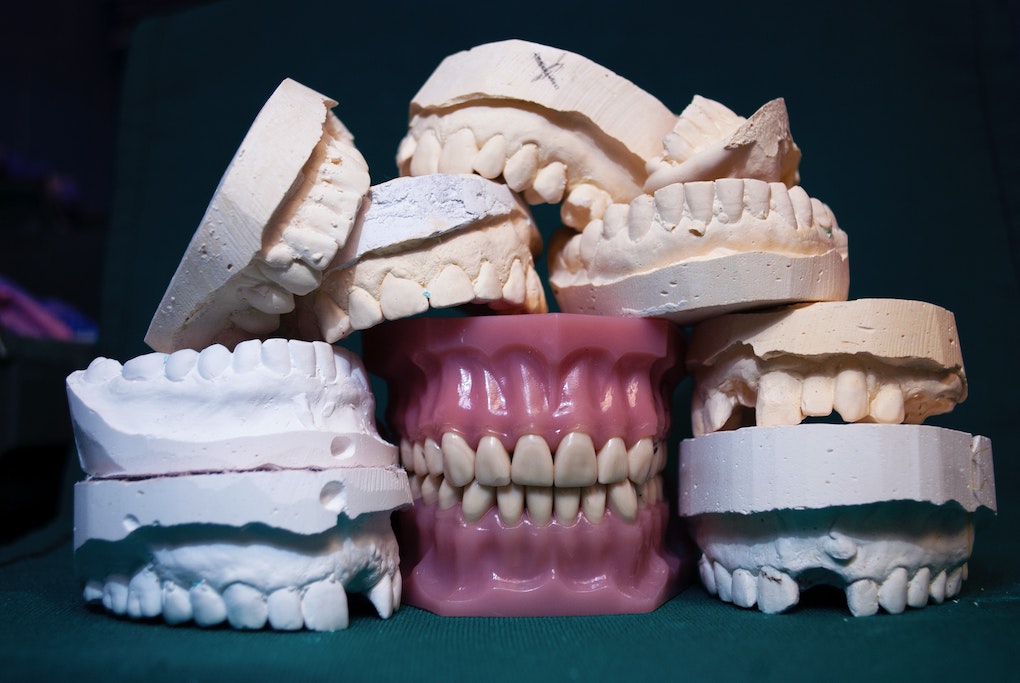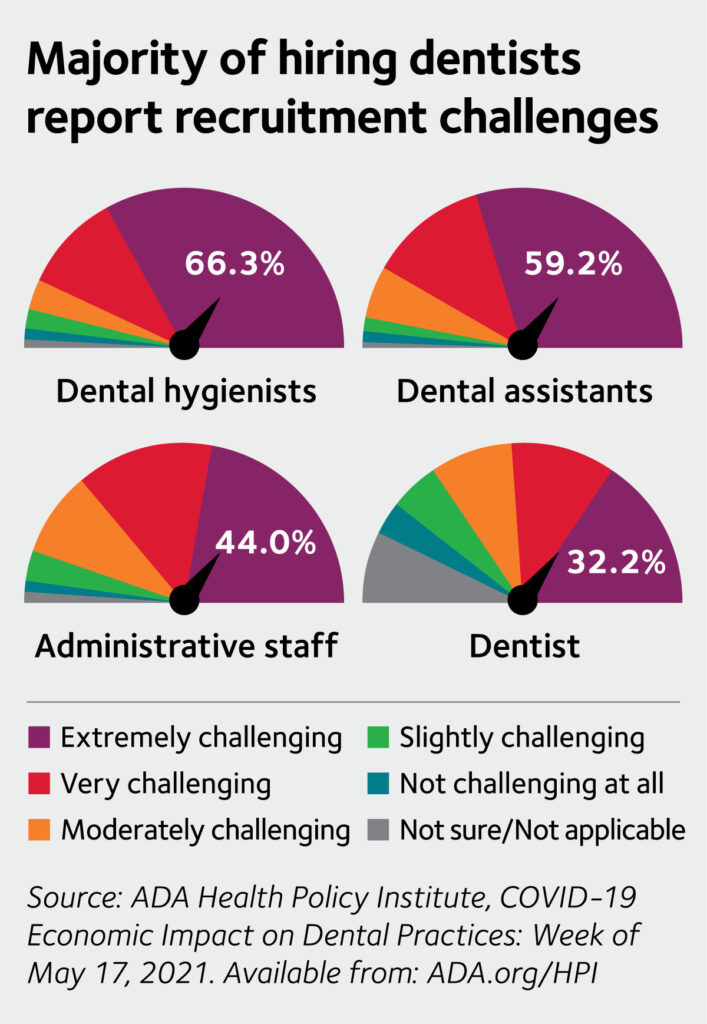
May 22, 2023
How States Are Helping to Overcome the Dental Assistant Staffing Shortage

The pandemic is officially over, and yet the dental industry is still feeling the effects, particularly when it comes to the ongoing staffing shortage, one of the most notable fallouts that has even forced some dentists to consider selling their practices at an earlier age. Yes, teledentistry and joining a dental service organization (DSO) are ways to get ahead of the hiring crisis, but in particular, dental practices are still struggling to find qualified dental assistants in a competitive market. Now, states are finding ways to fill those roles in a variety of ways. Here are a few of the highlights.
Nationwide
In a March 20 letter, a coalition of dental organizations urged the U.S. Senate Health, Education, Labor and Pensions Committee to focus on the health care workforce shortages, among other issues in the dental industry, according to the American Dental Association (ADA). To help dentists find candidates to fill dental hygienist and assistant positions, the groups asked Congress to support increases in funding for the Oral Health Workforce Development Program, which is set to build and train the oral health workforce and improve access to quality oral health care for those in need.
“Many dentists are small business owners and employers. And no dentist works alone,” the coalition wrote. “They are the head of a clinical team that also includes dental assistants and dental hygienists. Every member of this team plays an important role. Their work is essential to dental practice, and they also increase access to care by enabling dentists to see more patients.” The ADA notes dental hygienists provide regular cleanings, offer fluoride and sealants, perform screenings and give patients tips for effective oral health care at home while dental assistants help dentists during treatments, ask about the patient’s medical history, take client’s blood pressure and pulse, sterilize equipment and help people feel comfortable before, during and after treatment.
Colorado
The Delta Dental of Colorado Foundation, one of the largest funders of oral health initiatives in the state, granted $5 million to four colleges to expand existing dental hygiene programs or create new ones to address a workforce shortage, according to the Colorado Sun. The report states Front Range Community College, Community College of Denver, Colorado Mountain College and Pikes Peak State College were, in part, chosen because of their diverse student populations.
About 95% of students who attend community colleges in Colorado remain in the state after they graduate, where dental hygienists can work on a contract basis or even open their own dental practice. Coloradans won’t see a drastic change in the number of dental hygienists for a few years, but Delta Dental leaders said the grants are essential to eventually closing the gap. Now, one of the challenges many colleges face is finding people qualified to teach dental hygiene classes and train hygienists.
Massachusetts
The Massachusetts Dental Society is in the early phases of rolling out a campaign to attract more high school graduates to the field in hopes of drawing more people to train as dental assistants, according to WBUR. The report states for dentists in Massachusetts to operate at full capacity, the number of dental assistants would have to double. The plan includes an advertising campaign on platforms like YouTube, TikTok and Snapchat, as well as work with high school guidance counselors to elevate the profile of the profession.
Oregon
In Oregon, a new bill is seeking funding to train the dental workforce amid the statewide shortage, specifically among dental assistants and hygienists. House Bill 2979 would put $20 million toward funding, training and education programs for college and high school students, as well as on-the-job training. It would also expand existing incentives for dental professionals serving in “high-need areas.”
Dental professionals say staffing shortages are worse in rural areas since training opportunities aren’t as readily available, according to KGW. The Oregon Health Authority notes dental practices lost 56% of their staff during the first year of the pandemic, compared to 11% at physician offices. In turn, many in the industry report there are not enough aspiring dental care professionals in the pipeline.
Other options
Funding options exist beyond what is offered on a statewide basis. Accredited Schools Online shares financial aid and scholarship information for dental hygiene students participating in both in-person and online programs. The American Student Dental Association lists scholarships, grants and loan repayment programs available to dental students. And the Rural Health Information Hub summarizes funding programs for those entering the dental workforce. Chances are, if you’re in the market for a career change or looking to launch your career, there’s a program to match.
Future outlook
It’s certainly not all doom and gloom. NPR reports more than 80% of dentists that are recruiting dental hygienists are raising salaries, in addition to offering more flexible working hours. As population changes influence the workforce, more research is needed so dentists can better prepare for what’s ahead. In the meantime, options exist to hire a hygiene assistant or temp, optimize your hygienist’s productivity, or even sell at an earlier age to a DSO that can offer a full-time salary with benefits rather than hourly pay to recent graduates.
What’s next?
There’s a lot of work to be done to meet the current demands in the dental industry. Contact the experts at Professional Transition Strategies for more ways to keep your dental practice profitable.
